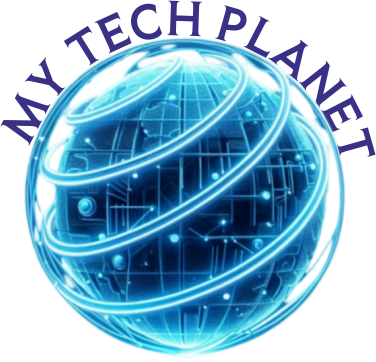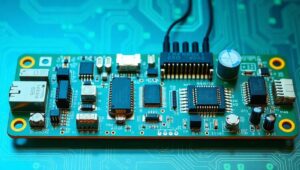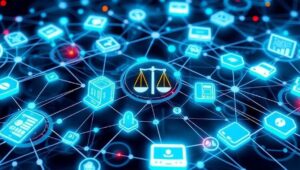May 31, 2025
Firmware Development in an Increasingly Connected World (2025)
Firmware Development in an Increasingly Connected World (2025) The year is 2025. The Internet of Things (IoT) has exploded, embedding connectivity into nearly every facet of our lives. From smart homes and autonomous vehicles to industrial automation and remote healthcare, the demand for sophisticated, reliable, and secure firmware is higher than ever. This article explores the key trends and challenges shaping firmware development in this hyper-connected era. The Evolving Landscape of Firmware Firmware, the software embedded in hardware devices, acts as the crucial bridge between hardware and software. Its role has expanded significantly beyond basic device operation to include: Connectivity













